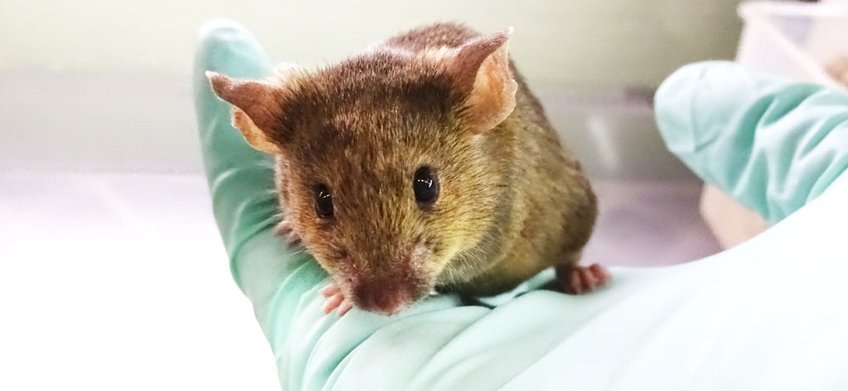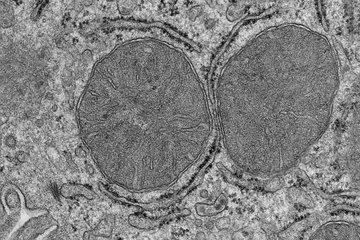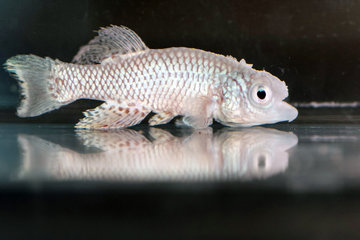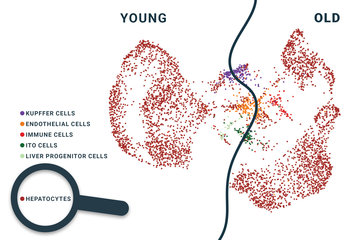
Animal research in Germany
In 2022, 293,900 laboratory animals were used at the Max Planck Institutes. This figure includes 77,512 animals that were used to obtain organ or tissue samples and were not exposed to any stress before their death. Compared to 2021 (314,613 laboratory animals), the number of animals used in experiments has therefore fallen by 6.5 percent.
The decrease can mainly be explained by the switch to non-invasive genotyping methods. Due to this very positive development in terms of animal welfare, the laboratory animals concerned are now not subjected to any stress and are therefore no longer recorded. Another reason could be the successful application of strategies to reduce the number of laboratory animals in research studies, as well as the increased use of supplementary or alternative methods in the sense of the 3Rs. Rodents (mice and rats) accounted for the largest proportion of laboratory animals at around 78.2 percent, followed by fish (19.5 percent). Other animal groups, such as birds (1.62 percent), were used as laboratory animals at the Max Planck Institutes to a much lesser extent.
In percentage terms, the Max Planck Society uses significantly more fish for its research than the national average, thus fulfilling a key requirement of the German Animal Welfare Act, which stipulates that vertebrate animals should be used for experimental purposes with as low an organization as possible. However, the high proportion of fish is also due to their importance for basic research: the zebrafish (zebrafish) in particular is now a very important model organism for molecular and developmental biology as well as neuroscience. Looking at the type of use, 72.2 percent of all animals are assigned to basic research, in line with the scientific orientation of the Max Planck Society.
In 2022, 19 non-human primates were used in experiments requiring approval at our institutes.
Severity of the experiments
In 2022, experiments at Max Planck Institutes were predominantly conducted with low severity (84.0 percent); the proportion of animal experiments with medium severity was 14.0 percent. Only 1.0 percent of the experiments at Max Planck Institutes were classified as severely stressful. The proportion of animal experiments conducted entirely under general anesthesia, from which the animals did not awaken, amounted to 1.0 percent.
The proportion of genetically modified animals in 2022 was 79.6 percent, a decrease of 3.3 percent compared to the previous year. Only 4.1 percent of all laboratory animals with genetic modifications had suffered adverse health effects as a result. The vast majority of all genetically modified animals (mostly rodents) showed no health problems (95.9 percent).
Killing for scientific purposes
In 2022, 425,794 laboratory animals were killed painlessly for scientific purposes at the Max Planck Institutes. This figure includes the animals already listed that were used for organ or tissue removal. None of these laboratory animals - predominantly rodents (82.6 percent) and fish (17.3 percent) - underwent surgery or treatment during their lifetime. 59.6 percent of the animals were used to generate, breed and maintain genetically modified lines, which are an essential tool for biomedical research. The collection of tissue samples accounted for 18.2 percent.
Despite careful planning, it is unavoidable that research activities will result in animals that cannot be used directly in animal research projects (experiments). The Max Planck Society is very keen to keep this proportion (22.2 percent in 2022) as low as possible. Animals that cannot be used in animal research projects originate mainly from genetically modified breeding lines. These animals do not carry all the genetic characteristics required for the planned animal experiment due to the statistically random transmission of genetic modifications in accordance with Mendel's rules. Such animals are created whenever genetically modified lines are bred. Researchers at the Max Planck Society use various strategies to reduce the number of these animals or to use the animals for other purposes.















